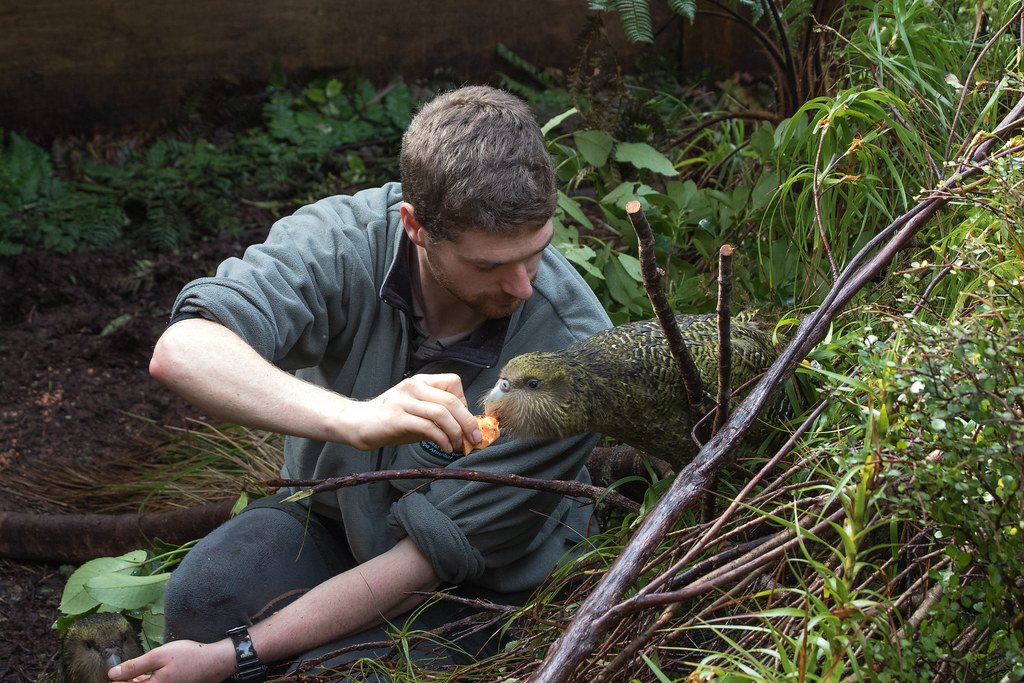Beneath the blinding Pacific sun, the island of Tinian hides stories that stretch deeper than any crater or coral reef. Imagine the roar of bombers preparing for a secret mission, all while their wheels roll over stones shaped by hands thousands of years older than the war itself. This is not just a tale of battles and blueprints—it’s a meeting ground between the ingenious work of ancient islanders and the relentless drive of modern warfare. Tinian’s runways are more than relics; they are crossroads where coral, history, and the spirit of a people endure. Let’s journey into a place where the echoes of both B-29s and ancient chants still drift on the ocean breeze.
The Island’s Coral Foundation: Nature’s Unyielding Blueprint
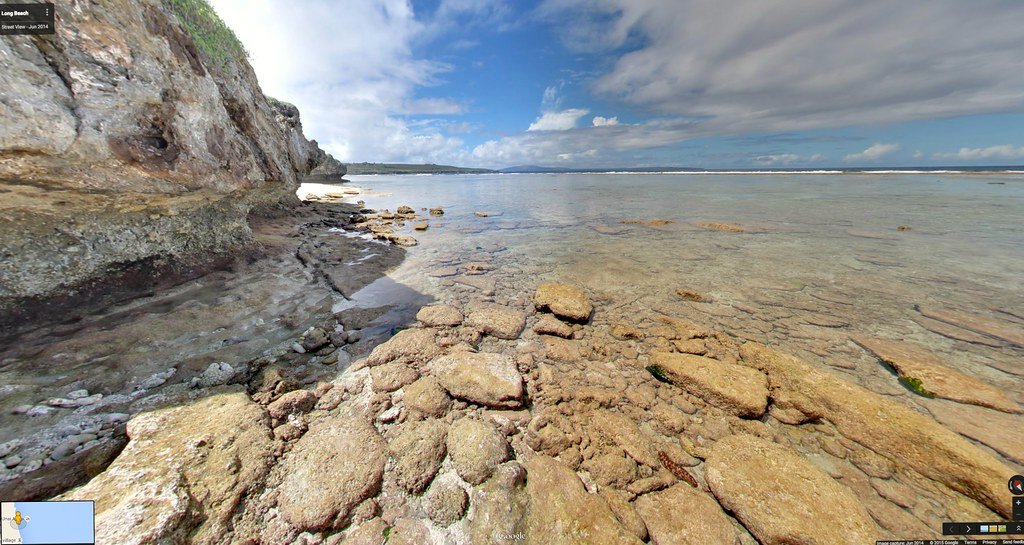
Tinian’s very bones are made of coral limestone, shaped over countless millennia by the sea. This stony foundation isn’t just beautiful—it’s tough, porous, and surprisingly ideal for heavy construction. Early islanders learned to use this coral, carving it into tools and even ceremonial monuments. When American engineers arrived in World War II, they realized these natural coral flats could be transformed into instant airstrips. The coral’s resilience against weather and weight made it perfect for runways, blending nature’s slow artistry with mankind’s urgent needs.
Ancient Latte Stones: Monuments of Indigenous Ingenuity
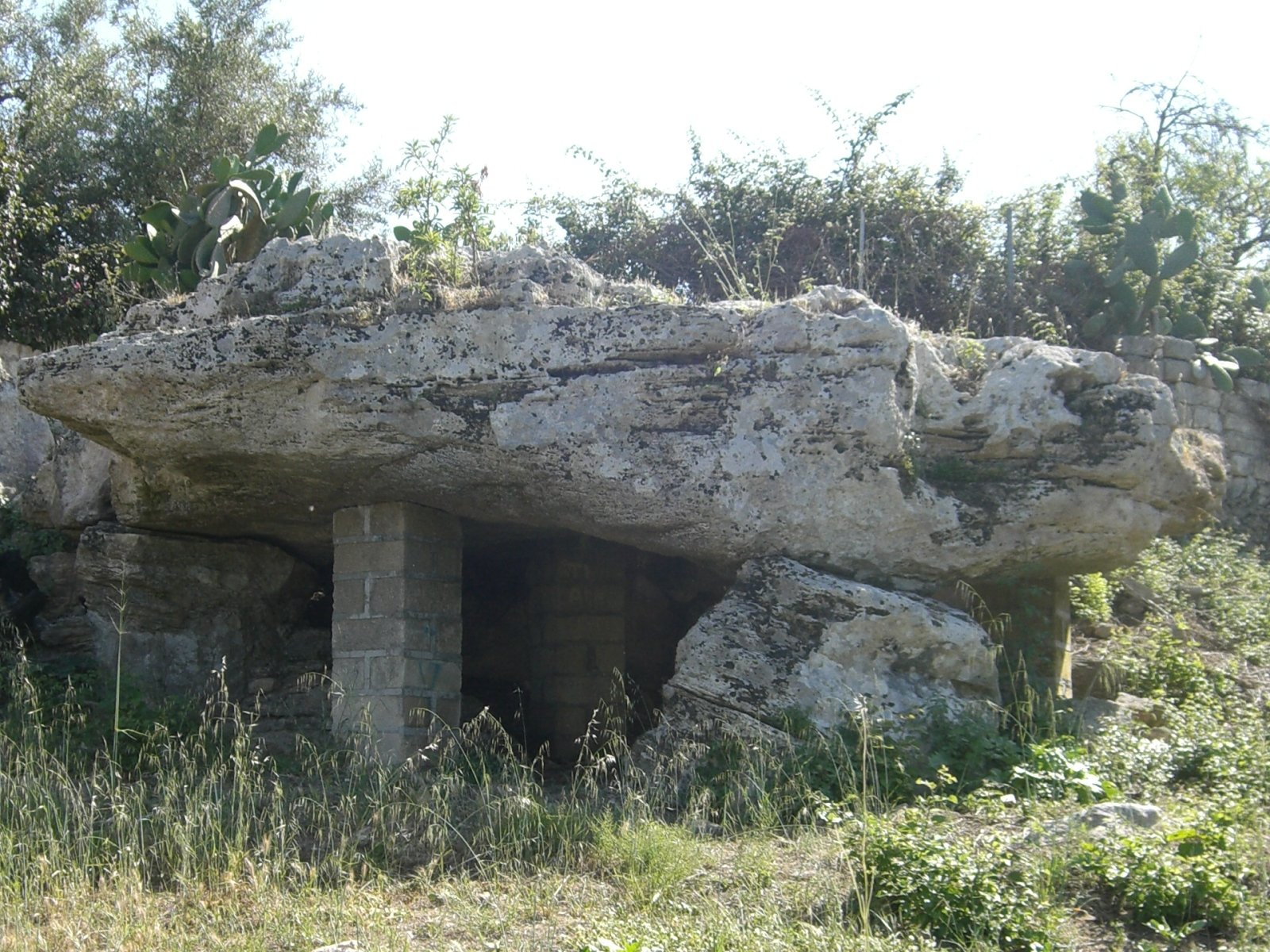
Scattered across Tinian are mysterious, massive stone pillars called “latte stones.” These prehistoric wonders are the signature of the Chamorro people, who engineered them as foundations for their homes and meeting places. Each latte stone is a marvel of balance and strength, some standing over two meters tall. Archaeologists still marvel at how these stones were quarried, shaped, and moved without metal tools or wheels. Their presence is a silent testament to a society that thrived on innovation, long before the first airplane ever took flight.
Chamorro Settlements: Life Before the Runways
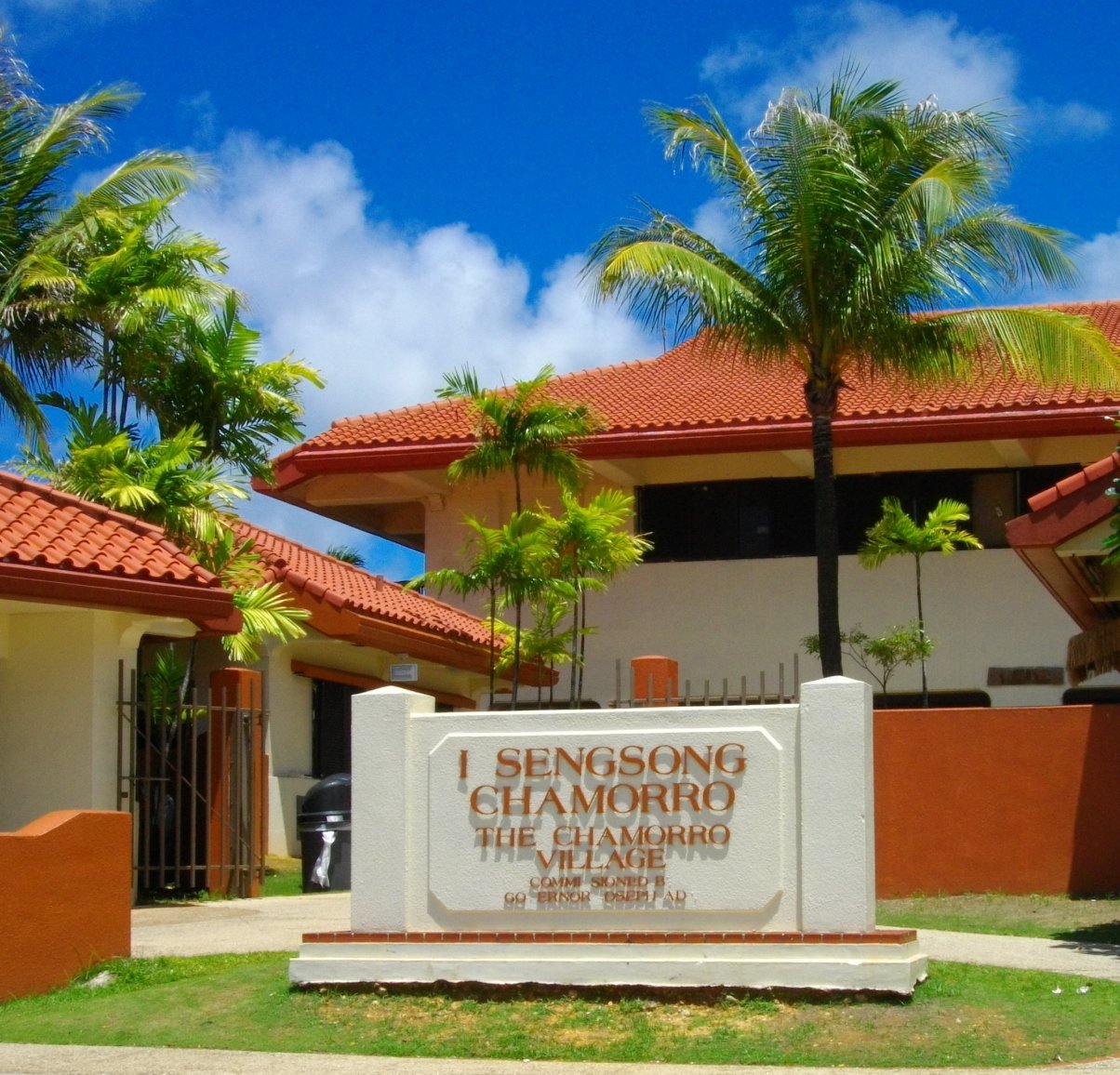
Long before warplanes darkened the sky, Tinian bustled with Chamorro villages. These communities flourished by fishing, farming, and crafting, adapting ingeniously to the island’s unique coral landscape. Their homes, raised on latte stones, stood as sturdy shelters against storms. The Chamorro people left behind pottery, tools, and intricate shell jewelry, revealing a culture deeply connected to their environment. Their way of life shows how humans can harmonize with even the most rugged terrain.
Japanese Occupation: Fortifications and Transformation
In the years leading up to World War II, Tinian was under Japanese control. The Japanese military poured concrete, built bunkers, and carved caves into the coral, forever altering the island’s face. Their fortifications, some still visible today, were both defensive and strategic. They also forced local populations to labor in dangerous conditions. This era marked a harsh shift from ancient tradition to militarized modernity, setting the stage for even bigger changes once American forces arrived.
World War II Arrives: The Need for Runways
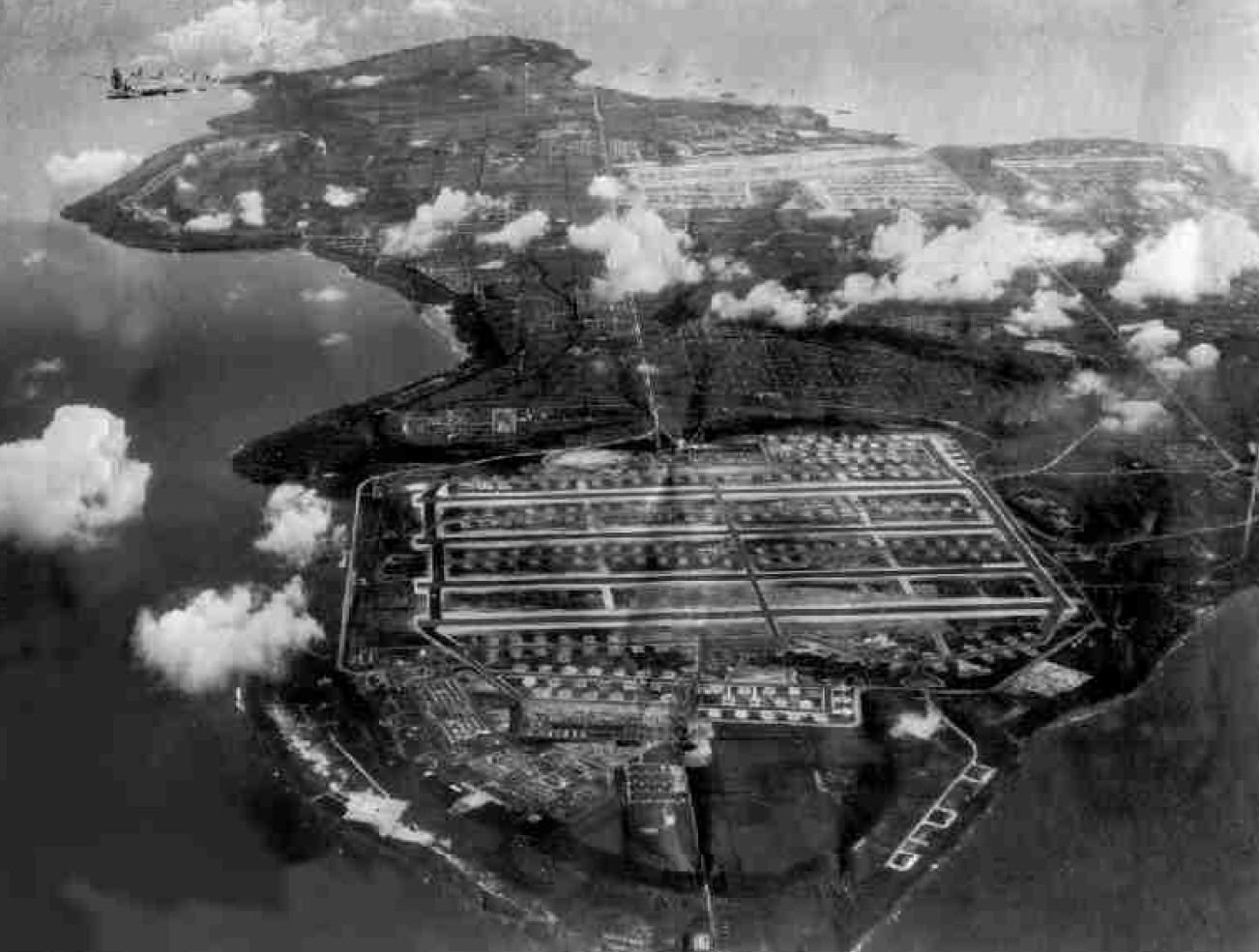
When American forces landed on Tinian in 1944, they faced a ticking clock. They needed massive airfields to launch the largest bombers of the era—the B-29 Superfortresses. The island’s coral flats, once home to ancient villages, became the canvas for one of the war’s boldest engineering feats. Within weeks, bulldozers, dynamite, and human sweat turned coral plains into runways long enough to host the planes that would end the war in the Pacific. The urgency of war transformed the island overnight.
Building North Field: Engineering Meets Environment
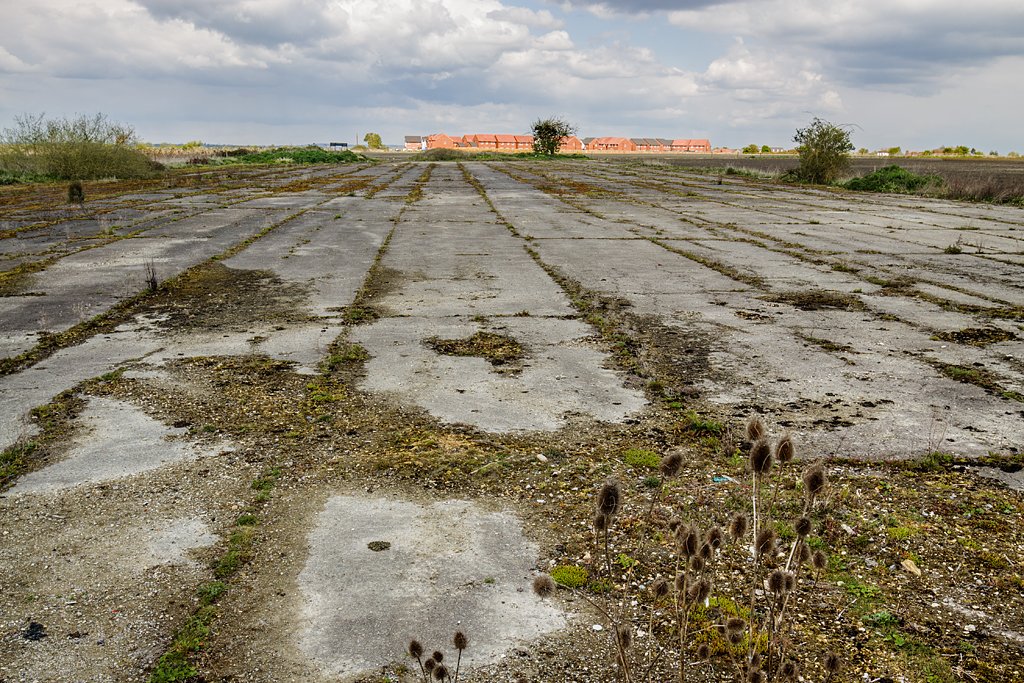
Constructing North Field was a race against time and nature. Engineers blasted through coral with explosives, then crushed the stone to make a flat, hard surface. Teams worked around the clock, laying down airstrips that stretched for miles. The coral’s unique properties—lightweight, solid, and drainable—meant the runways could handle the massive weight of loaded bombers. The result was four parallel runways, the largest airbase in the Pacific at the time, all built atop the island’s ancient skeleton.
Operation Centerboard: The Atomic Legacy
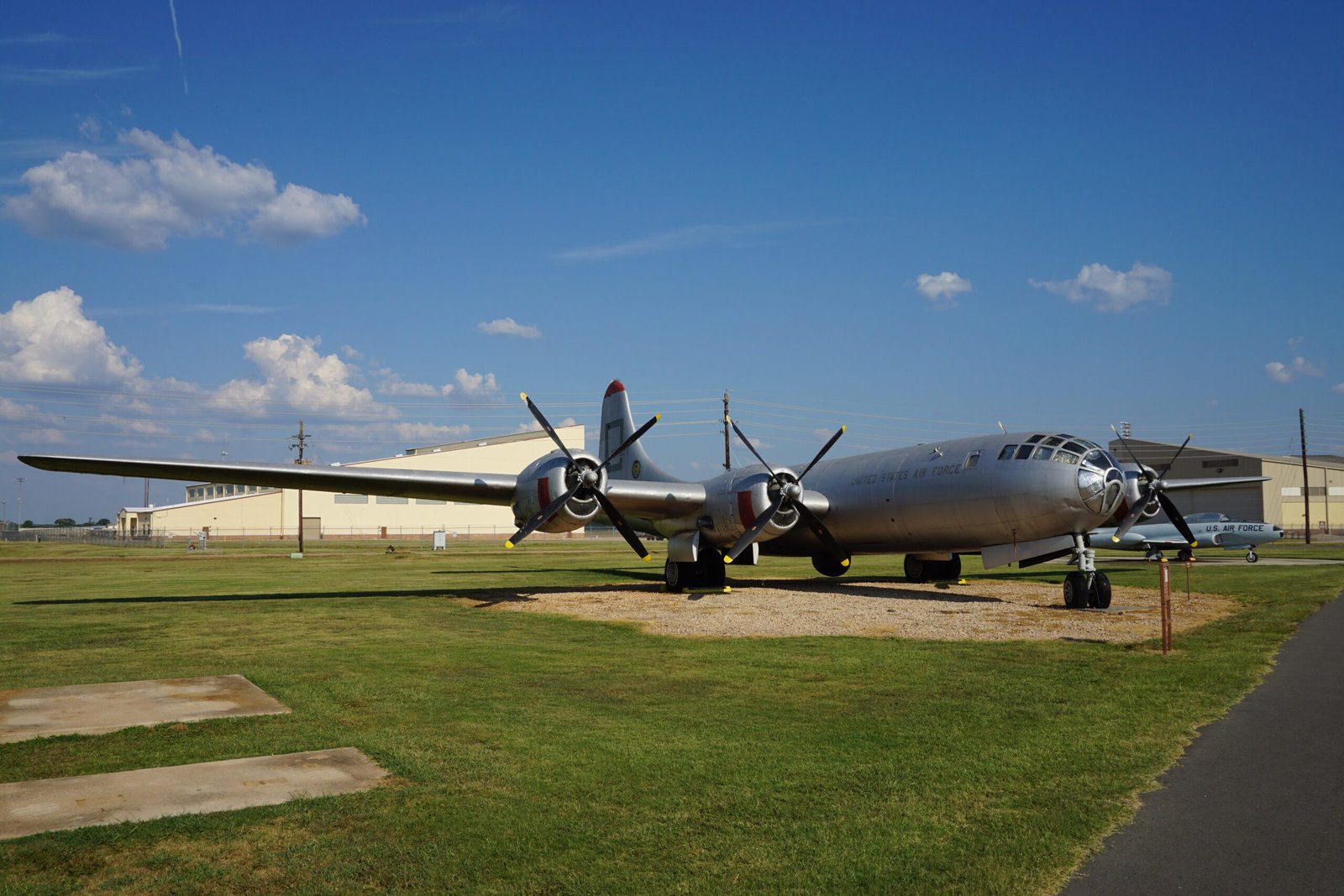
From North Field, two B-29 bombers—Enola Gay and Bockscar—flew into history. Their mission: to drop atomic bombs on Hiroshima and Nagasaki. The runways of Tinian, forged from coral and human ambition, became the starting point for events that changed the world forever. This intersection of ancient geology and advanced technology is both awe-inspiring and haunting. The coral runways, silent witnesses, still bear the scars and stories of those fateful days.
Environmental Impact: War on Coral and Land
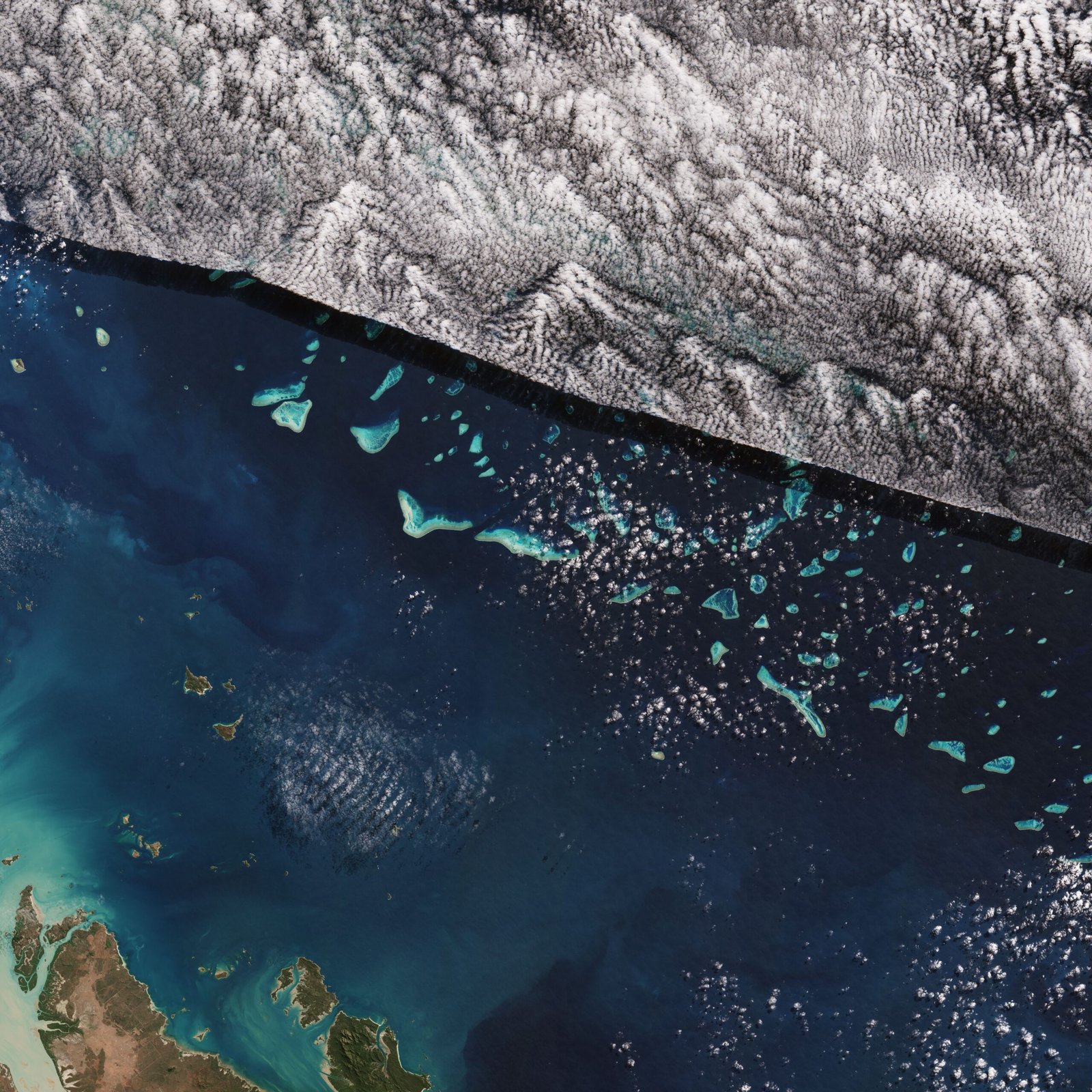
The rapid construction of airfields and military bases left deep scars on Tinian’s landscape. Coral reefs were blasted or bulldozed, and native vegetation was cleared in days. The island’s delicate ecosystems suffered, and some coral habitats have never fully recovered. Yet, in the cracks of runways and abandoned bunkers, life slowly returned—ferns, grasses, and even nesting birds now reclaim these hardened places. The natural world, like the island’s people, has shown remarkable resilience.
Preserving the Latte Stones: Challenges and Efforts
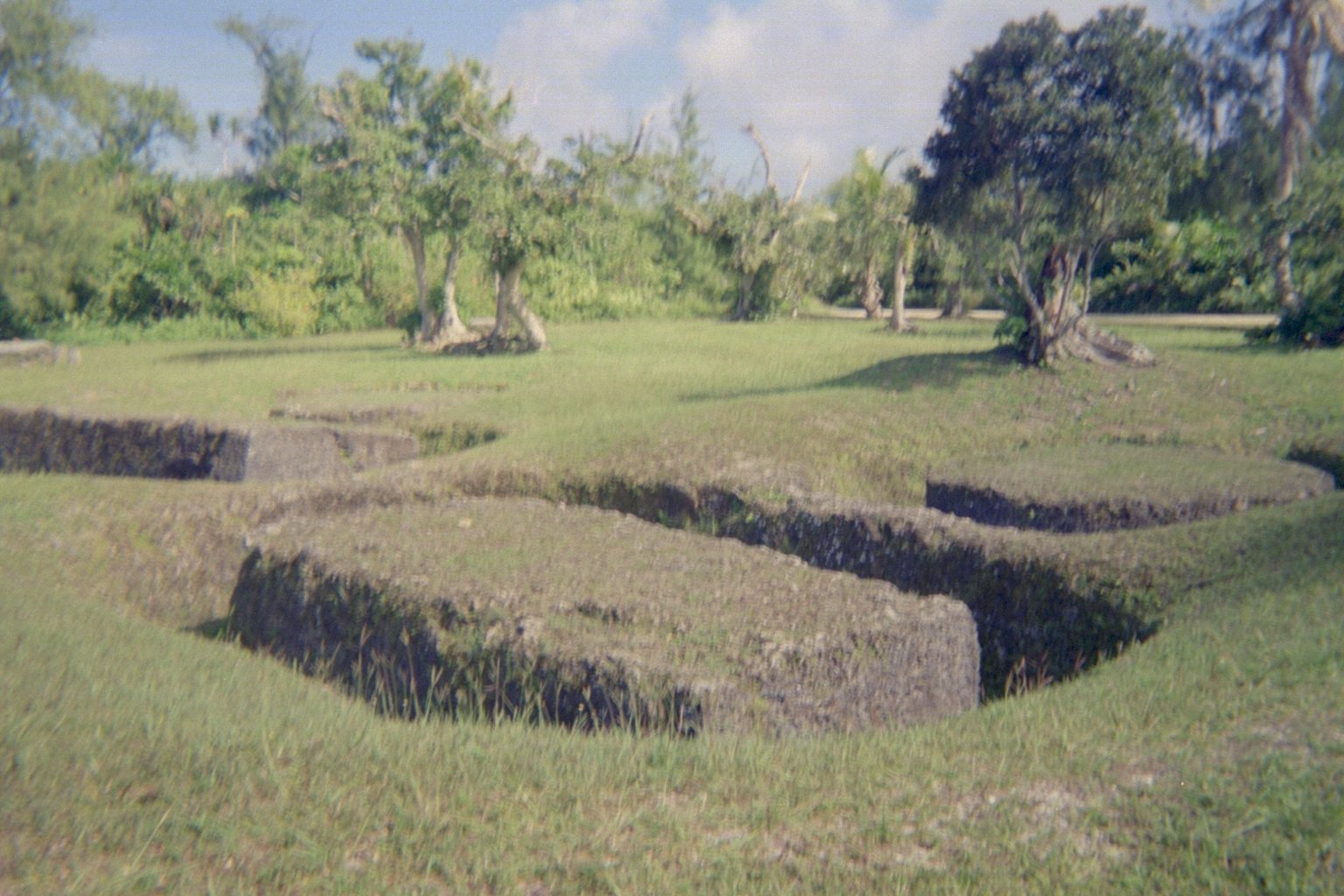
Today, many of Tinian’s ancient latte stones remain, though some were damaged during wartime construction. Preservationists and local leaders are working to protect these unique monuments, recognizing their value not just as archaeological wonders but as symbols of indigenous pride. The challenge is balancing tourism, development, and respect for the past. Each latte stone stands as a quiet reminder of a civilization that valued strength, balance, and community.
Modern Chamorro Identity: Remembering and Reviving
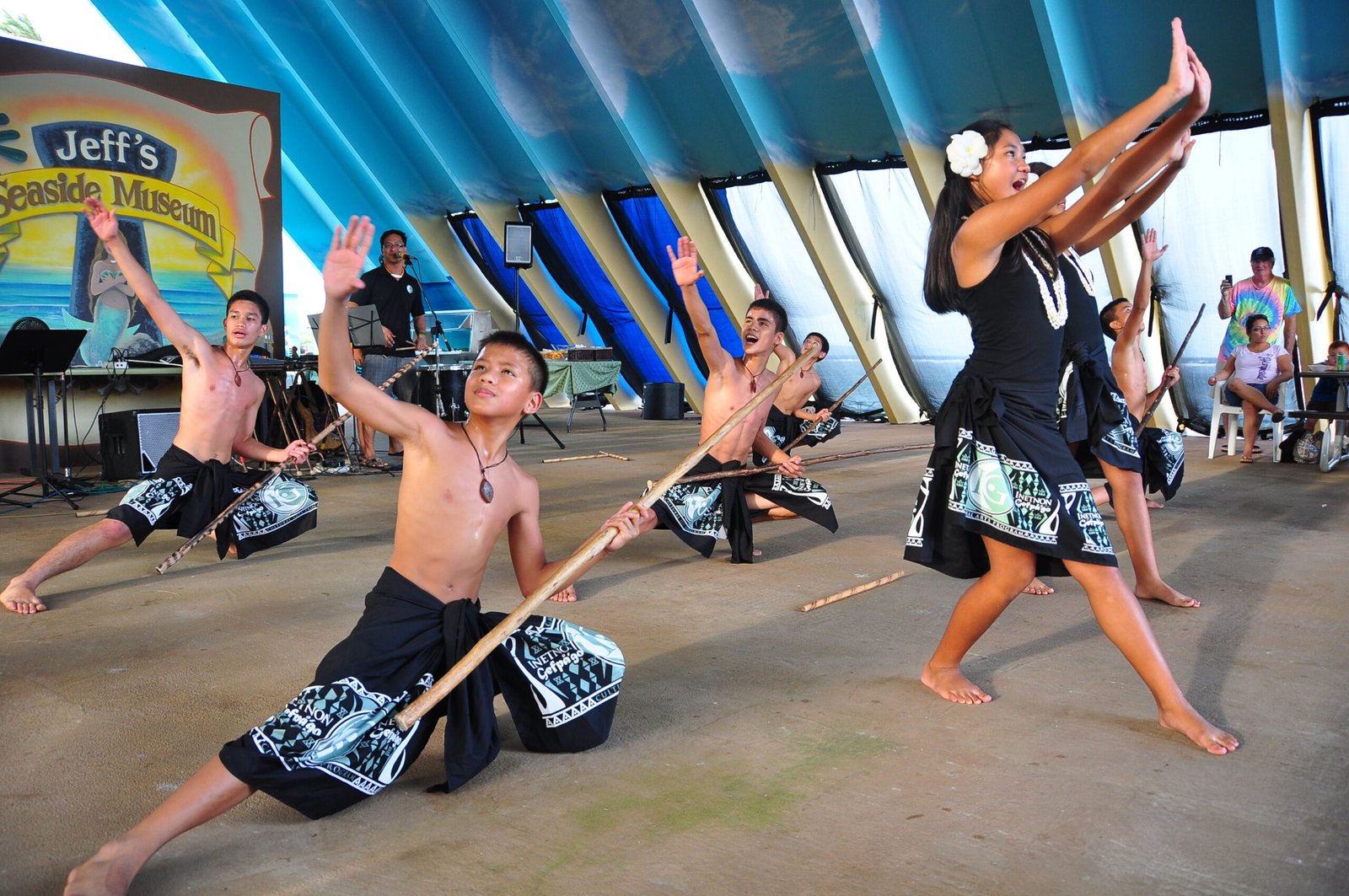
For the Chamorro people, Tinian’s runways and latte stones are more than relics—they are touchstones of memory and identity. Efforts to revive traditional skills, from canoe-building to stone-carving, are gaining momentum. Festivals and storytelling events help younger generations connect with their heritage. The blending of ancient and modern histories on the island inspires a new sense of pride and resilience, even as the world changes around them.
Archaeological Discoveries: Uncovering Lost Stories
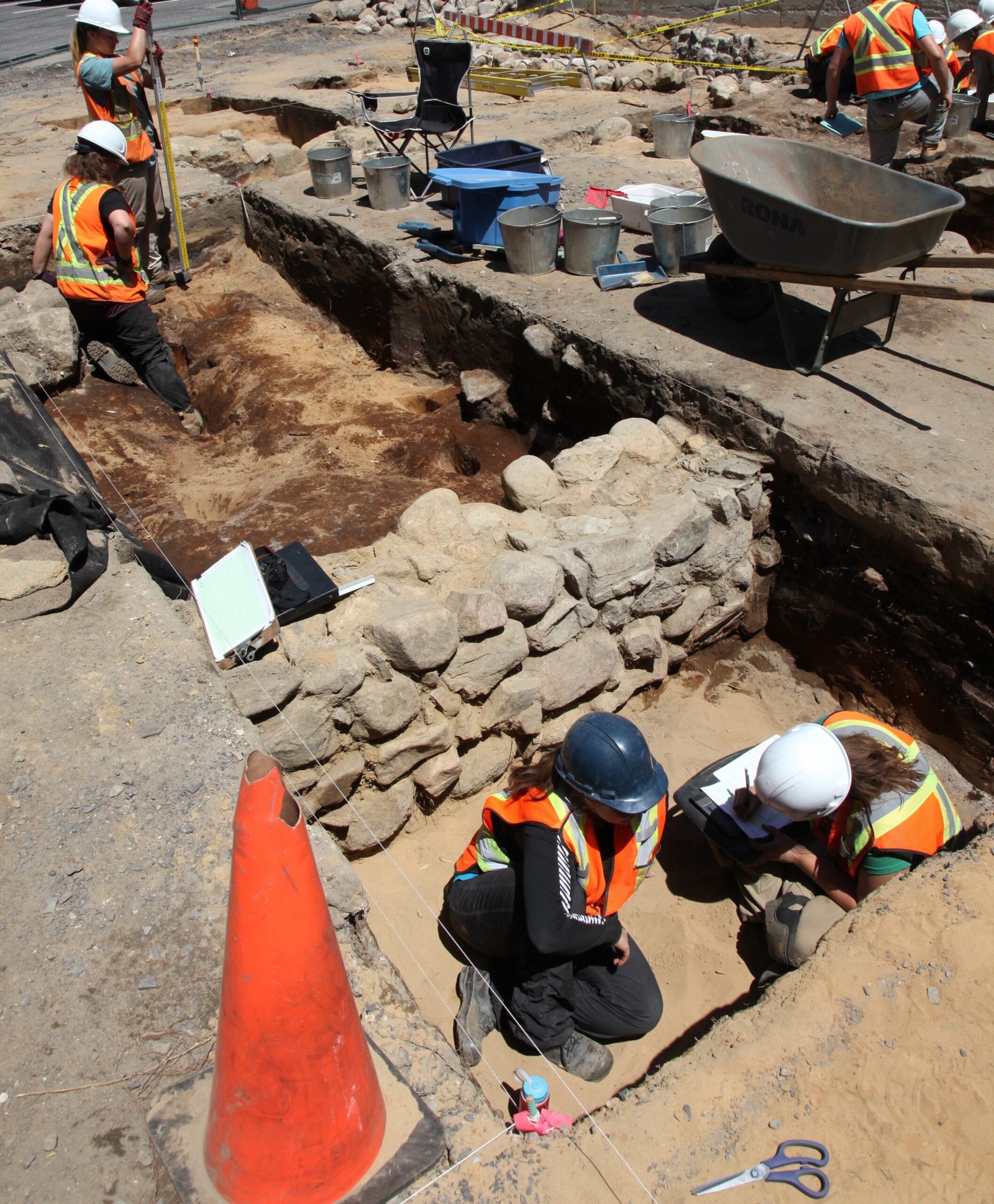
Recent archaeological digs on Tinian have uncovered pottery, tools, and even burial sites near the runways. Each discovery adds a new chapter to the island’s story. Scientists use ground-penetrating radar and careful excavation to reveal how ancient people adapted to the coral landscape. These finds show a deep, ongoing relationship between humans and their environment—a partnership that has survived wars, storms, and upheaval.
The Coral’s Secrets: Ancient Clues in Stone
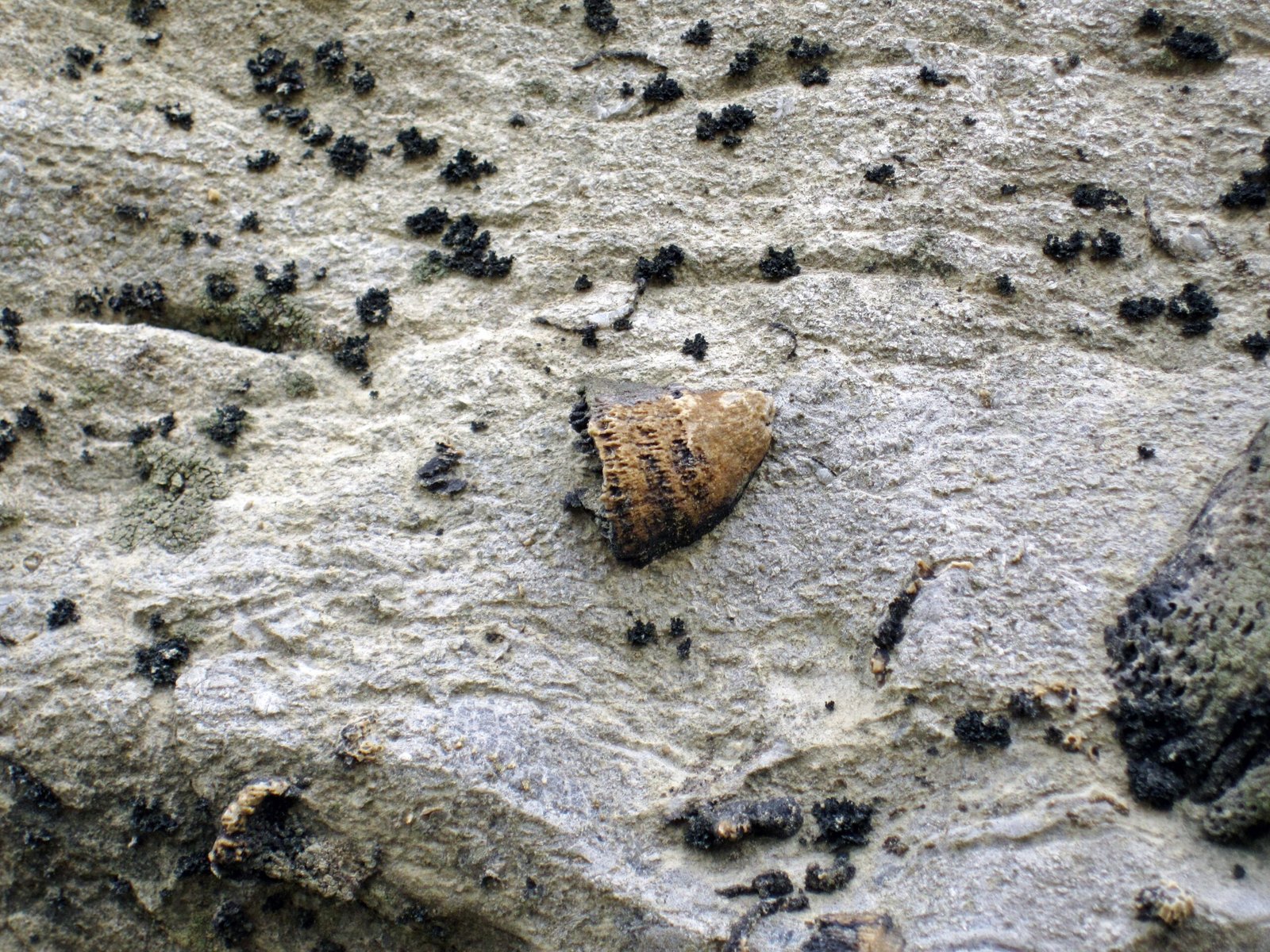
Coral limestone holds more than fossils; it contains clues about climate, sea levels, and human activity over thousands of years. Researchers study the layers of coral beneath the runways to understand how the island has changed—and how people have changed with it. These stones whisper secrets about ancient droughts, tsunamis, and migrations. It’s a living archive, hiding insights for those patient enough to listen.
Ghosts of War: Relics and Remnants
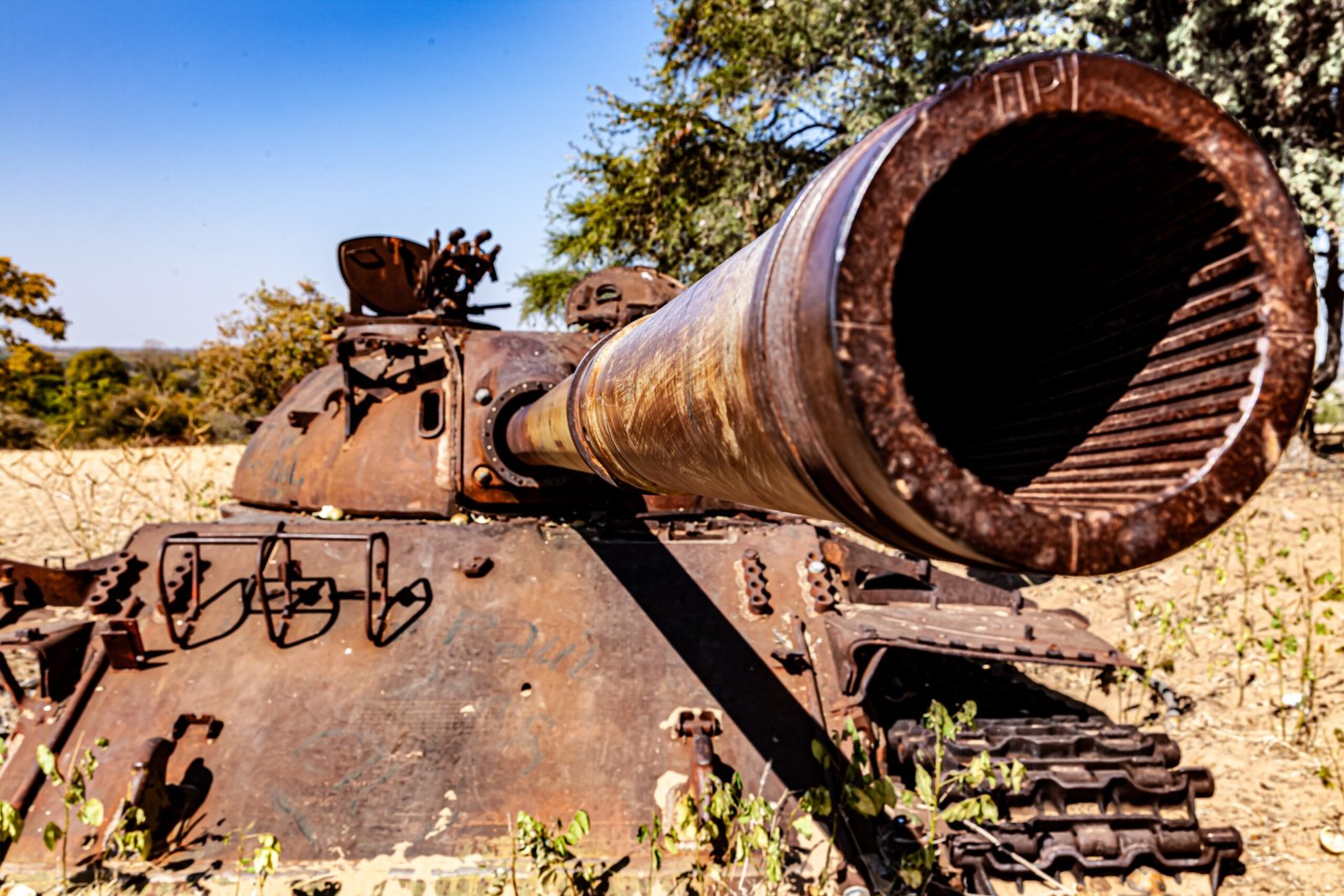
Scattered across Tinian are the rusted shells of tanks, bomb craters, and crumbling bunkers. These wartime ghosts attract both historians and thrill-seekers. For some, they are stark reminders of loss and sacrifice; for others, they are fascinating relics of a world at war. Walking among them, it’s easy to feel the weight of history pressing up from the coral beneath your feet.
Nature Reclaims: The Jungle’s Quiet Triumph
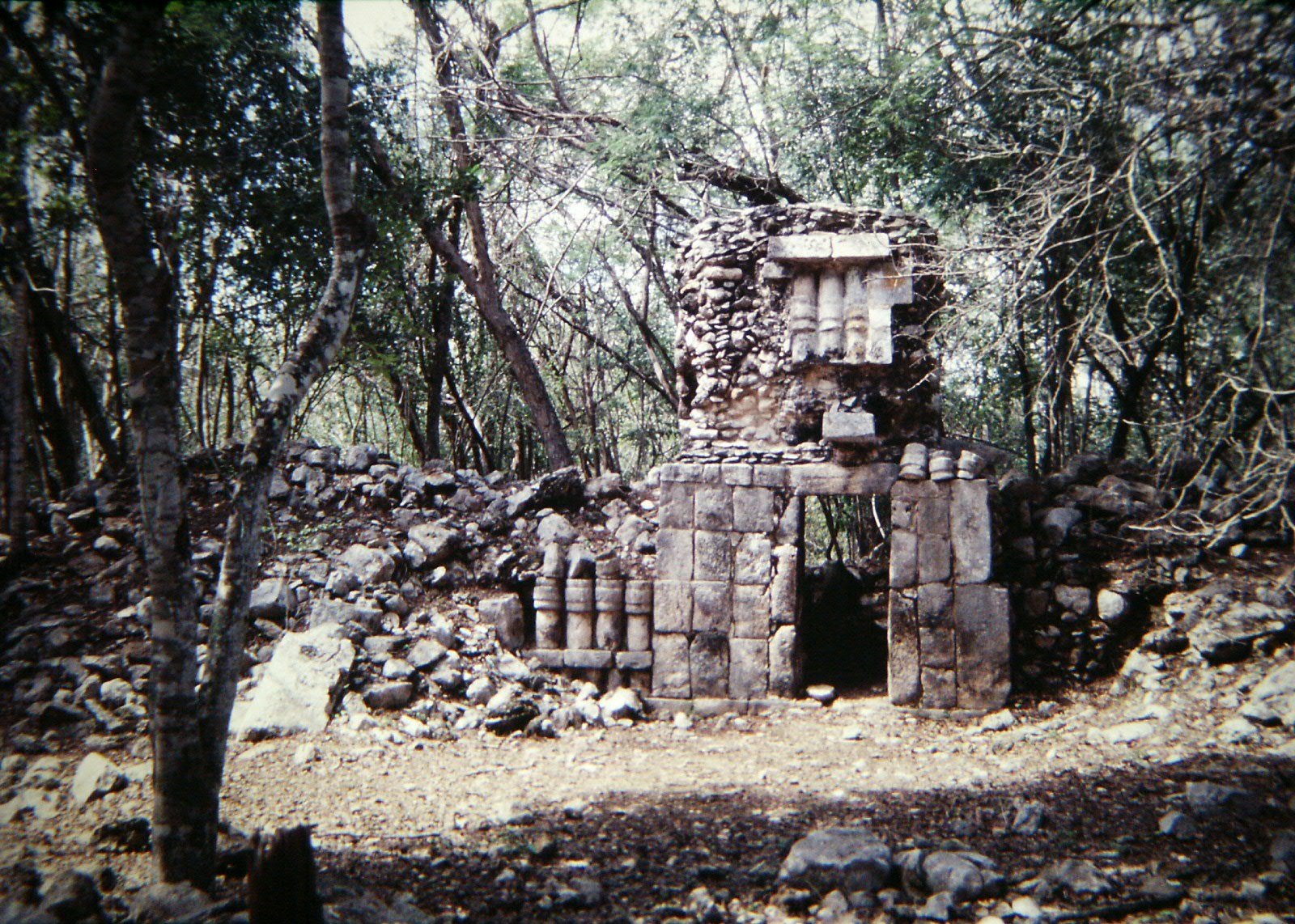
Decades after the last bomber left, Tinian’s jungle has begun to swallow the runways and ruins. Vines creep over concrete, and wild pigs root in the shadows of abandoned hangars. Birds nest in rusted gun turrets, and roots split the old coral slabs. This slow, green invasion is a testament to nature’s patience and power. Even the most dramatic human events are, in the end, temporary.
Tourism and Memory: Walking the Runways
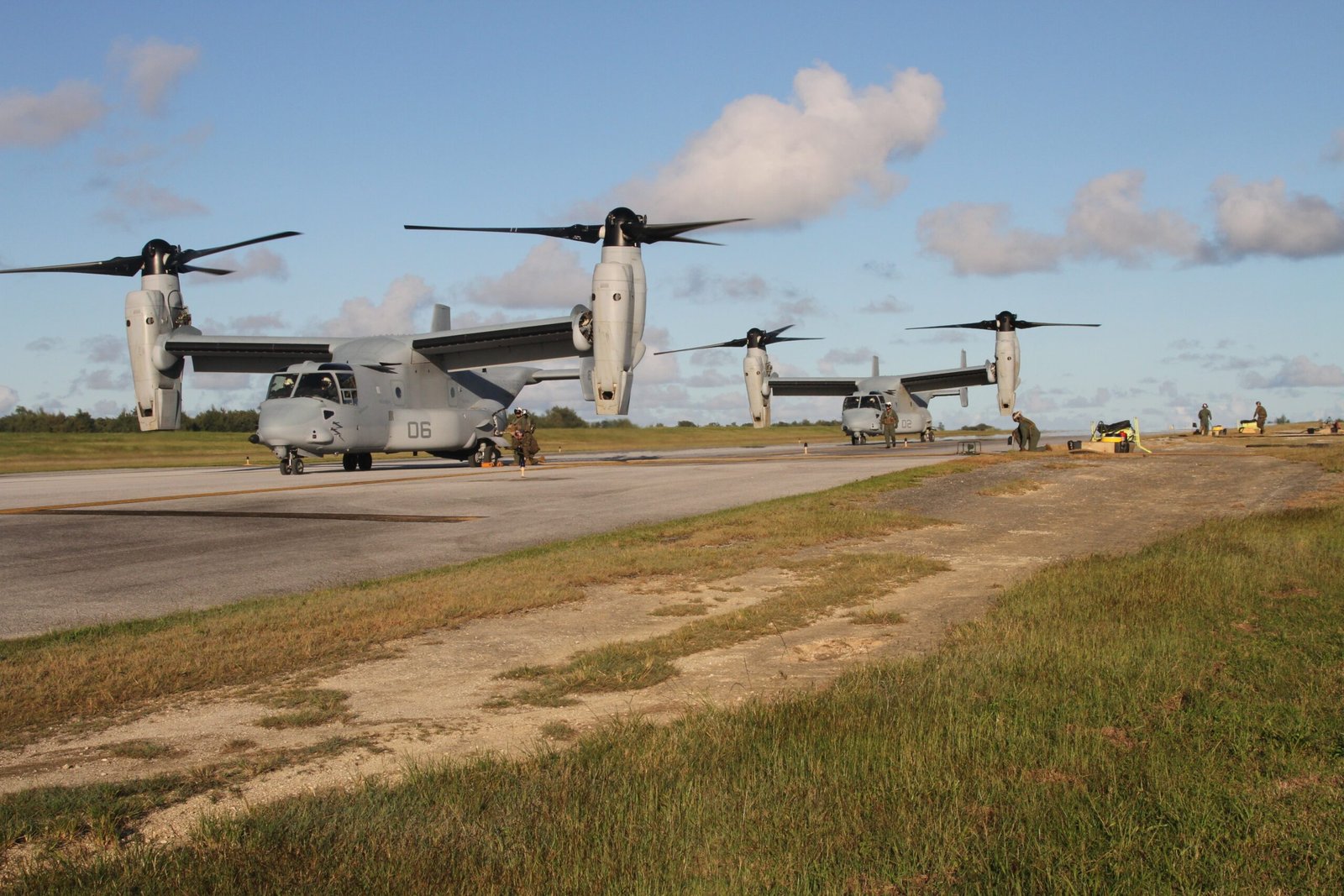
Today, visitors to Tinian can walk the same runways where history changed course. Guided tours explore both the ancient latte stones and the WWII airfields, weaving together stories of war, peace, and perseverance. Some visitors come to honor relatives, others out of curiosity. The island offers a rare chance to touch history—literally—to feel the rough coral beneath your feet and imagine the thunder of engines overhead.
Scientific Research: Lessons from Tinian
Tinian is a living laboratory for scientists studying everything from coral ecology to military history. Researchers investigate how coral reefs recover from trauma, or how ancient societies thrived in challenging environments. The lessons learned here ripple far beyond the island—offering insights into resilience, adaptation, and the long-term impact of human activity on fragile ecosystems.
Education and Awareness: Passing Down the Story
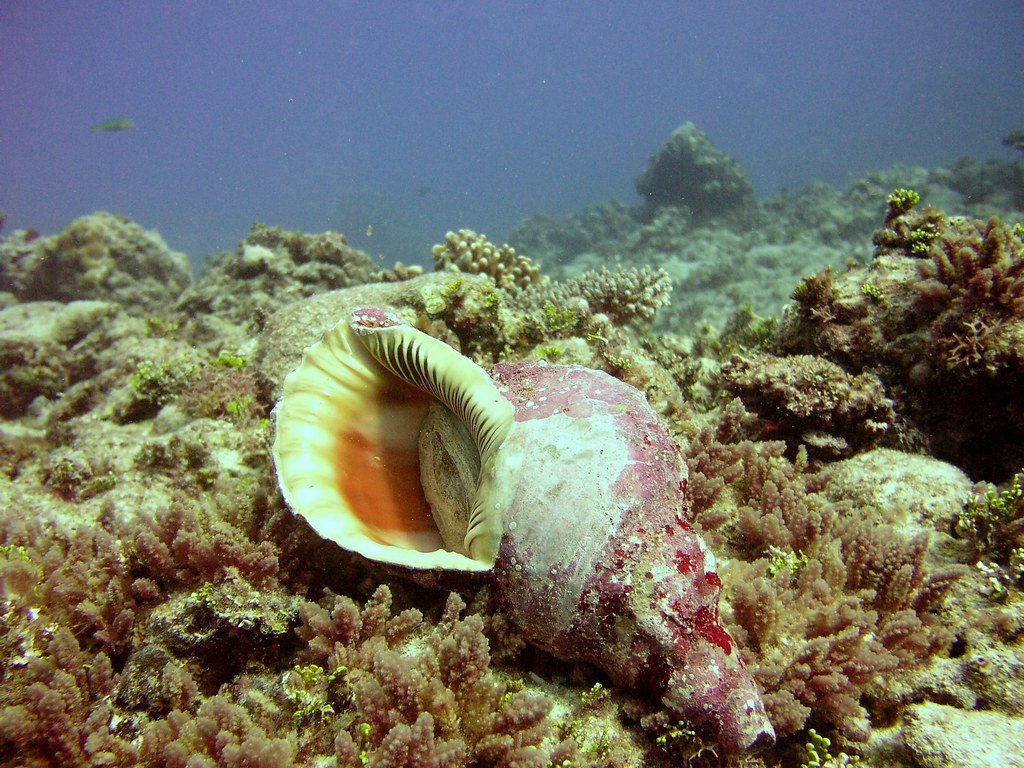
Local schools and community groups are working to keep Tinian’s unique history alive. Educational programs take students to see latte stones and WWII ruins, blending science, storytelling, and hands-on experience. These efforts aim to foster respect for both the island’s ancient heritage and its modern challenges. By learning from the past, young people can better navigate the future.
A Symbol of Resilience: Tinian’s Enduring Spirit
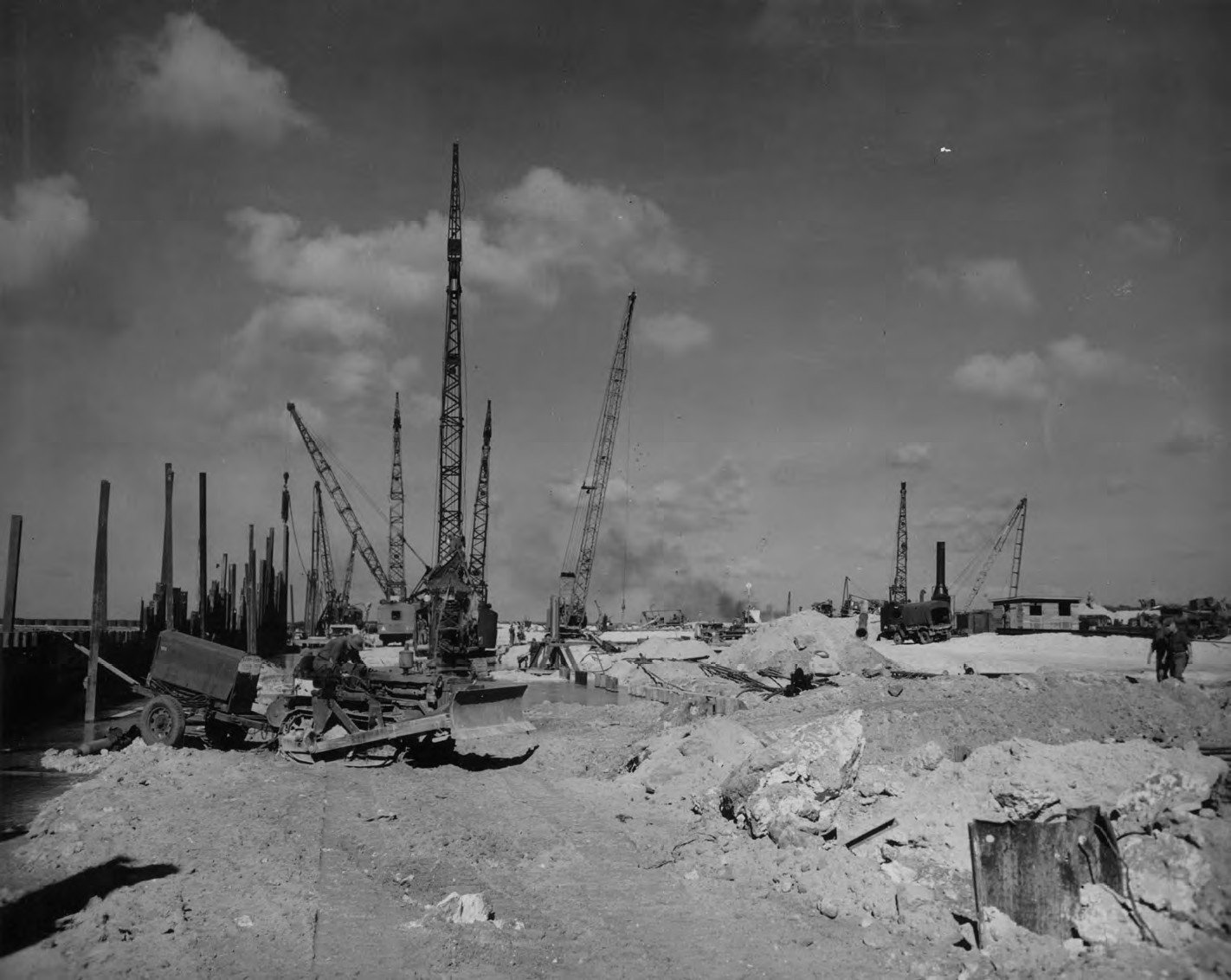
The battered runways and ancient stones of Tinian have survived typhoons, invasions, and neglect. They are symbols of endurance—of a land and a people that refuse to be forgotten. Whether you see them as engineering marvels or sacred monuments, they speak of creativity, courage, and hope. Tinian’s story is not just about what happened, but about what endures.
Connecting Past and Present: Lessons for the World
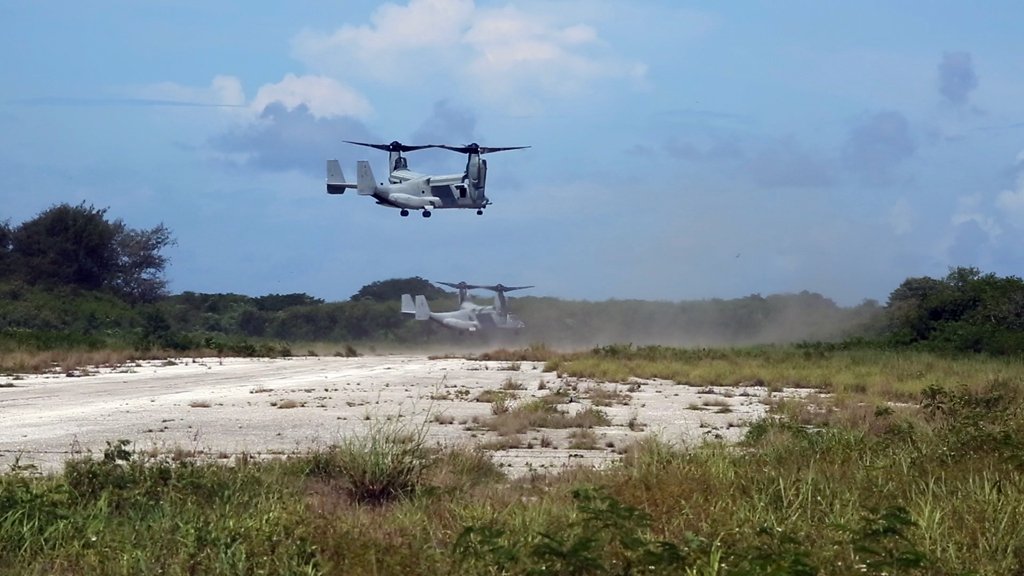
Tinian’s meeting of prehistoric ingenuity and modern warfare offers a powerful lesson: technology and tradition are not opposites, but partners in survival. The island’s story challenges us to respect what came before, even as we build towards the future. In every stone and runway, there’s a reminder that progress is most meaningful when it honors the land and those who came before.
Enduring Echoes: The Legacy of Tinian’s Ancient Runways
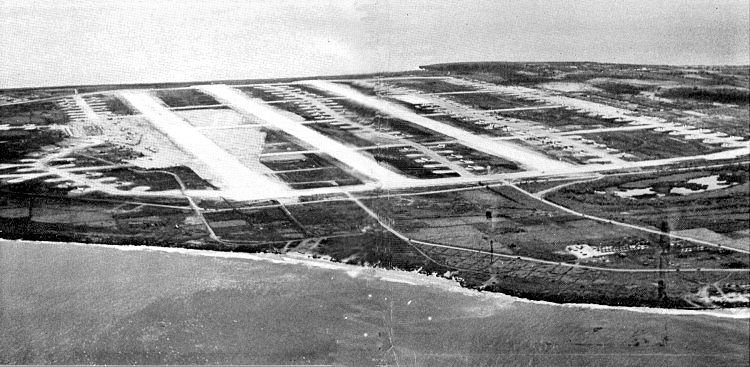
Tinian’s ancient runways, carved from coral and memory, stand as bridges between worlds. They hold the weight of bombers and the dreams of ancestors. This small Pacific island reminds us that even in the rush of history, the past is never truly lost—it lives on in every stone, every story, every echo of engines and ancient chants.



